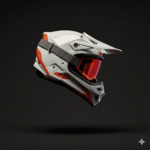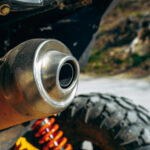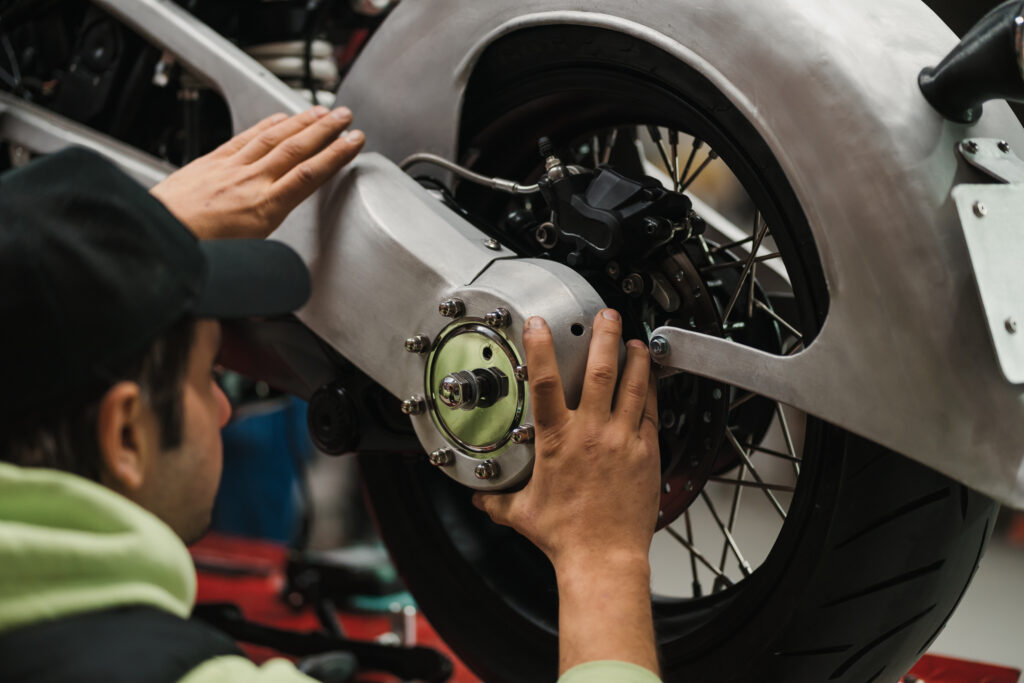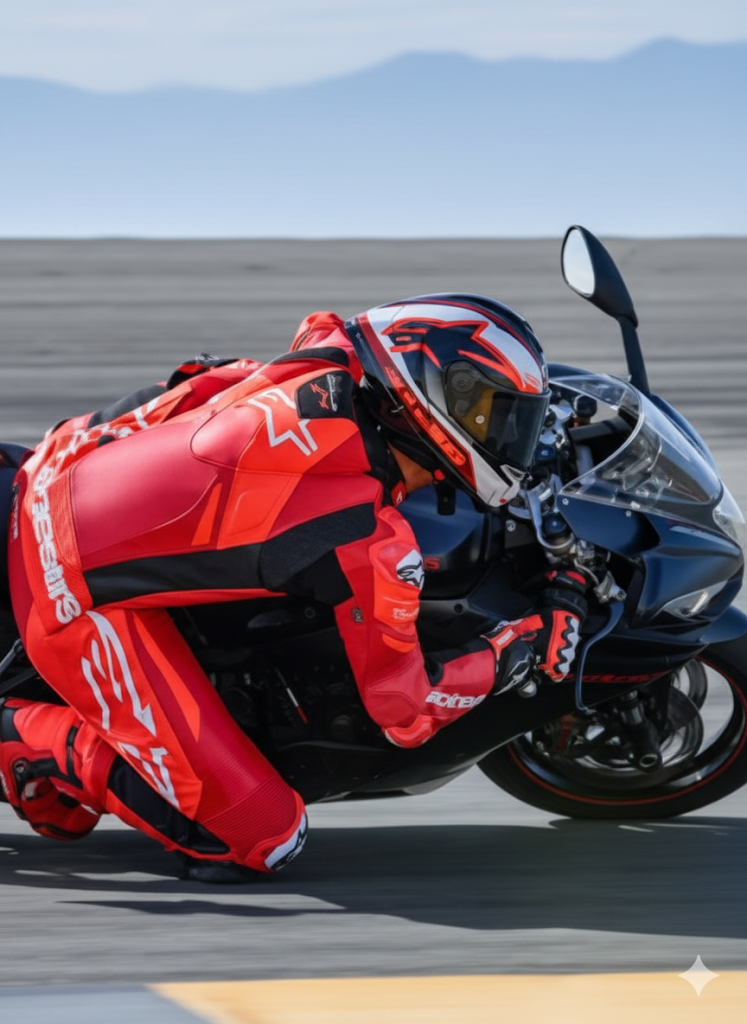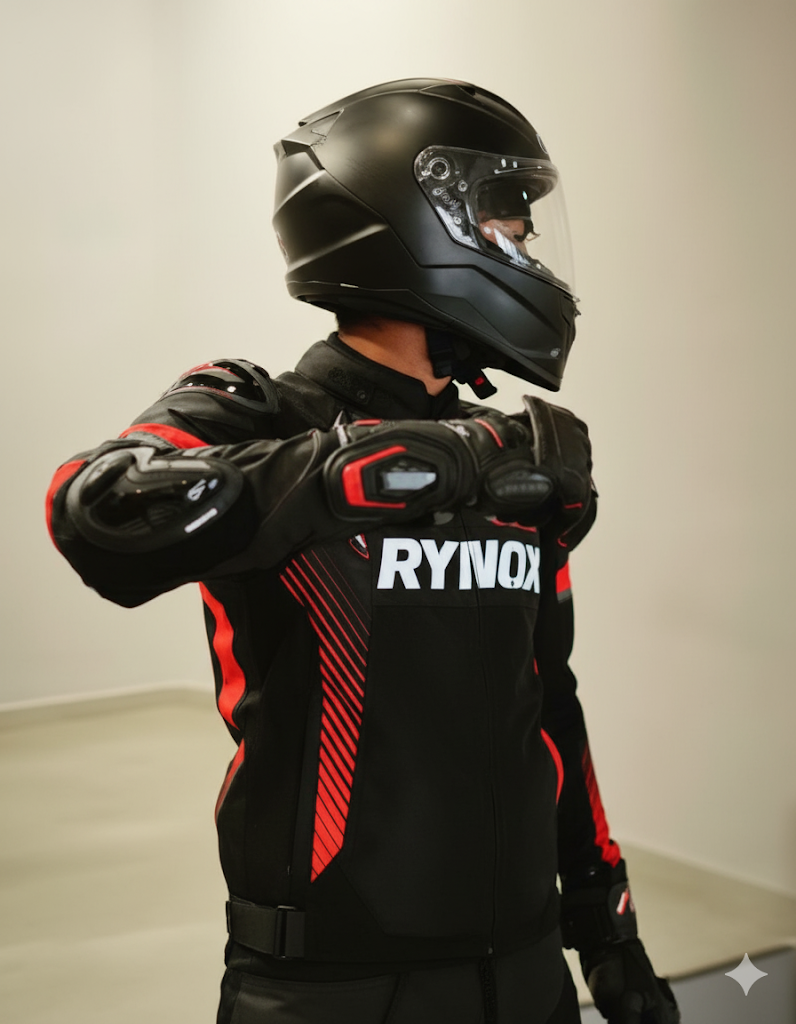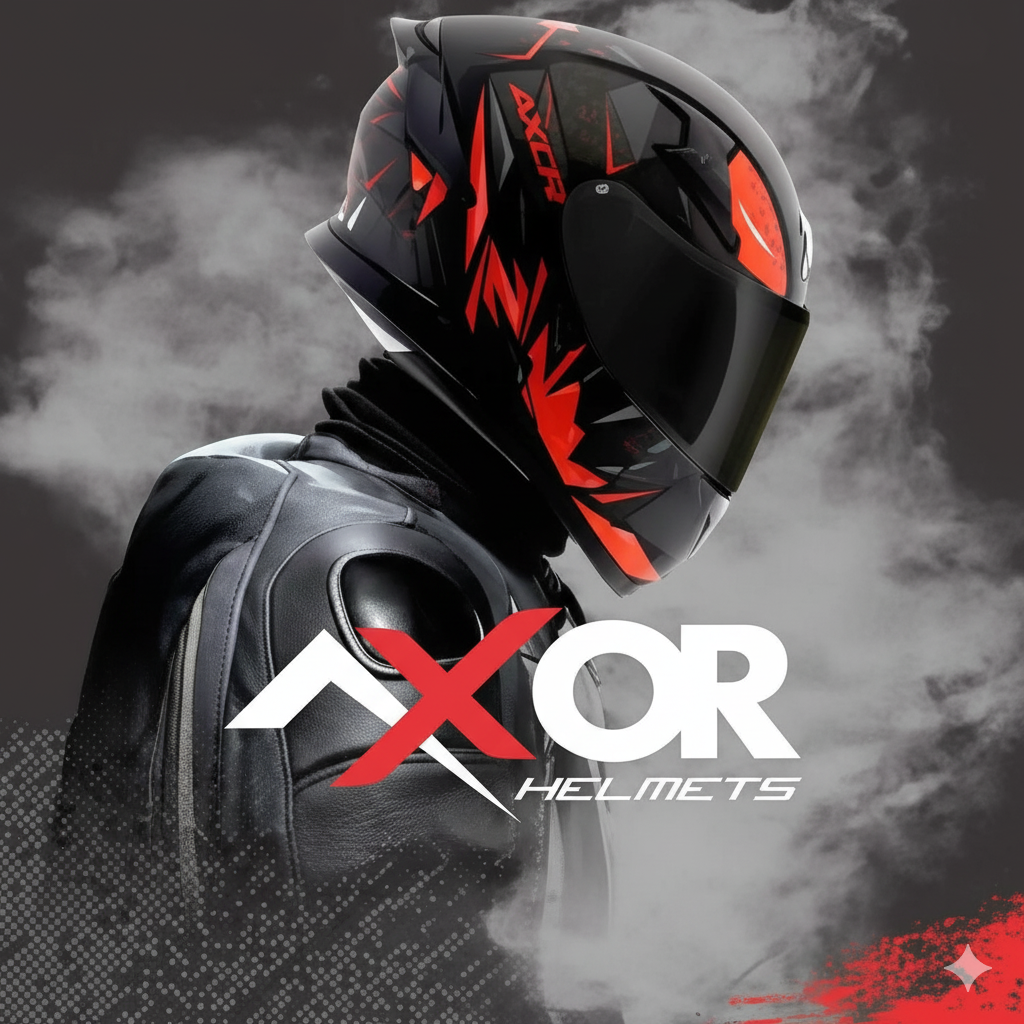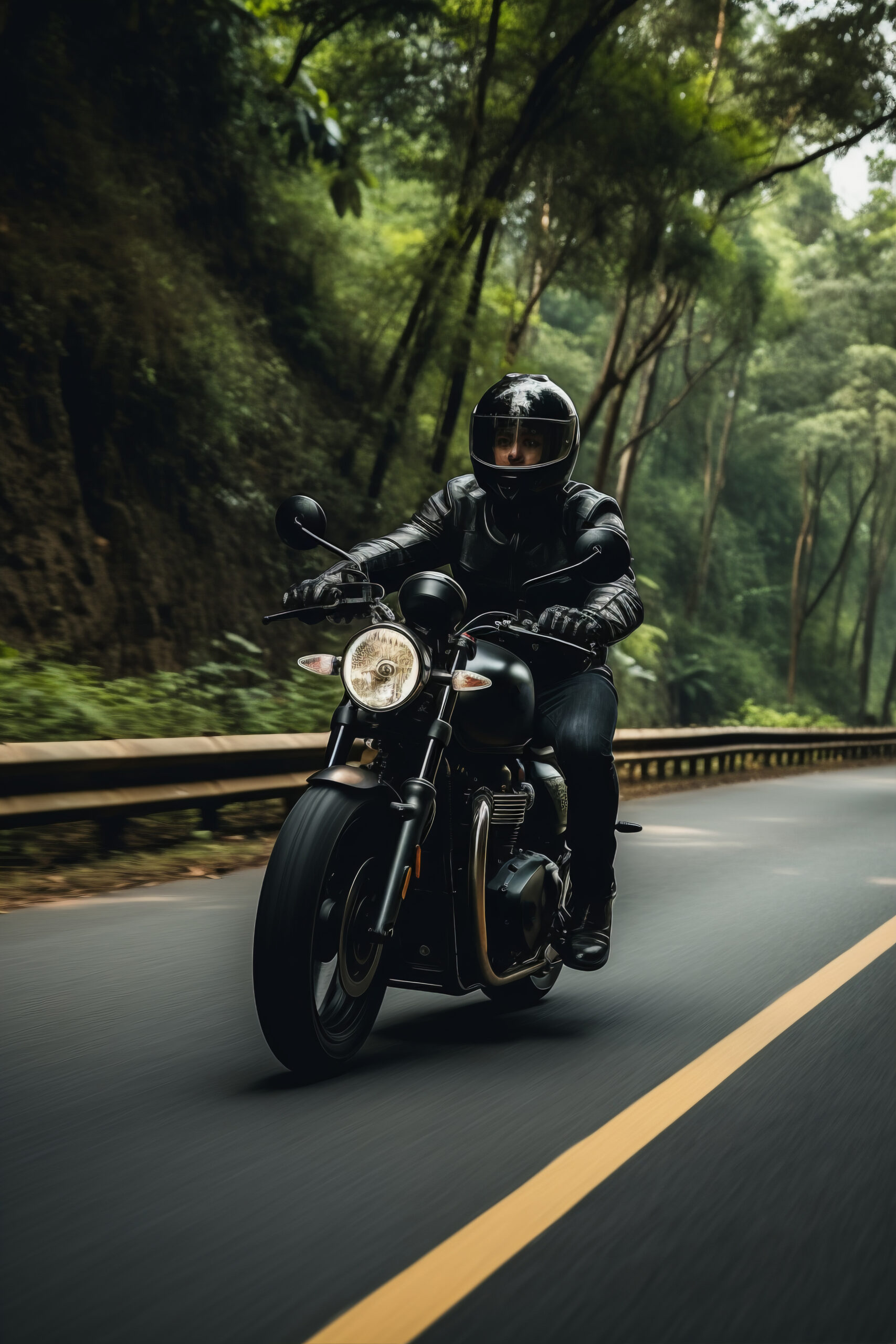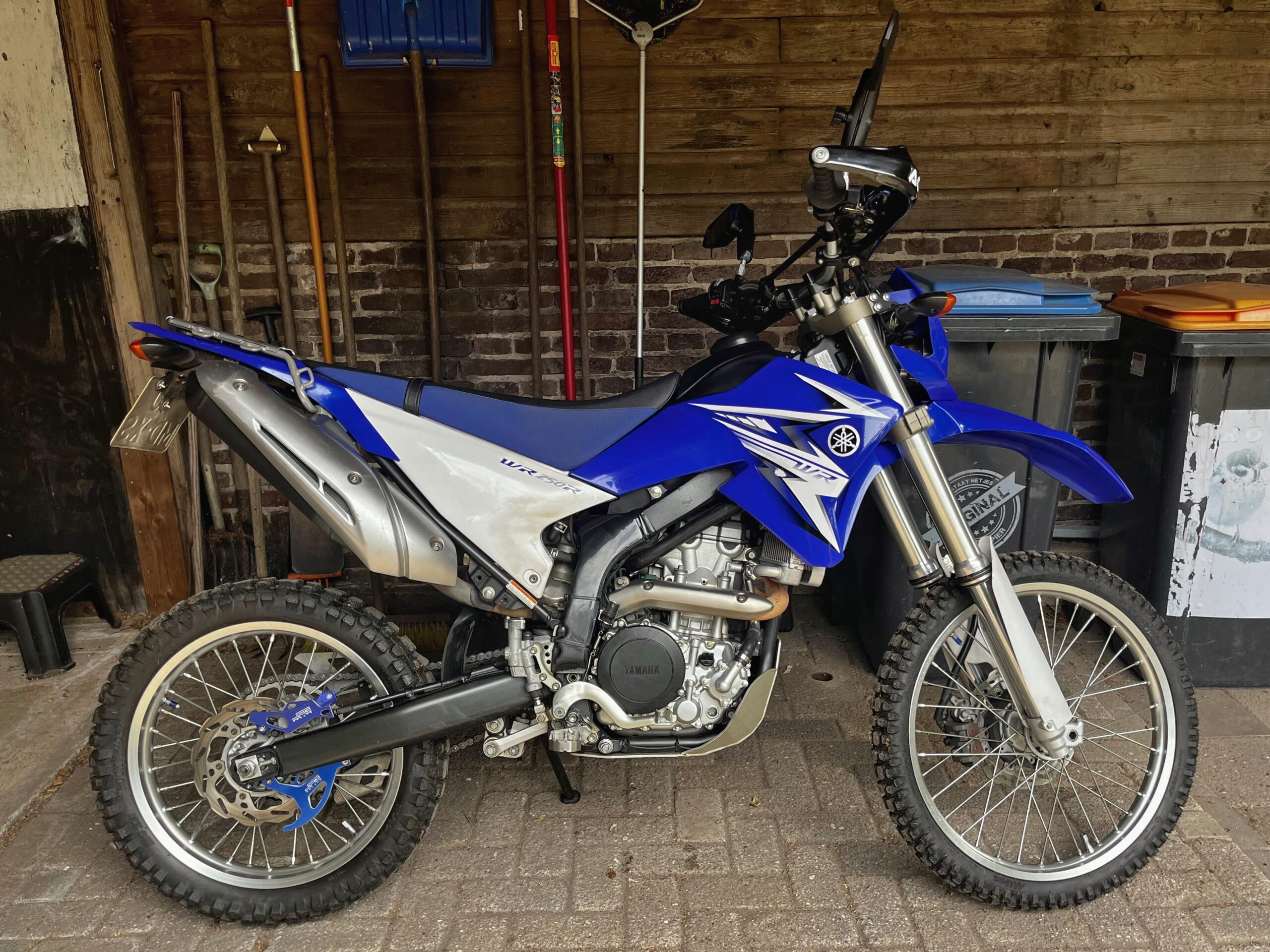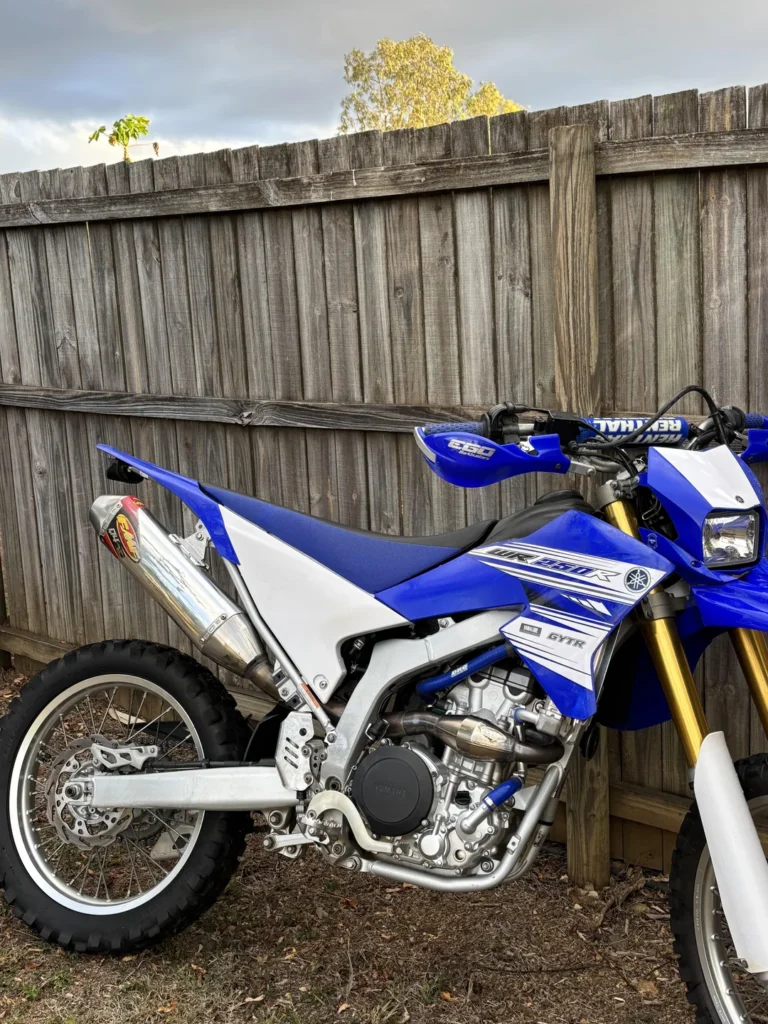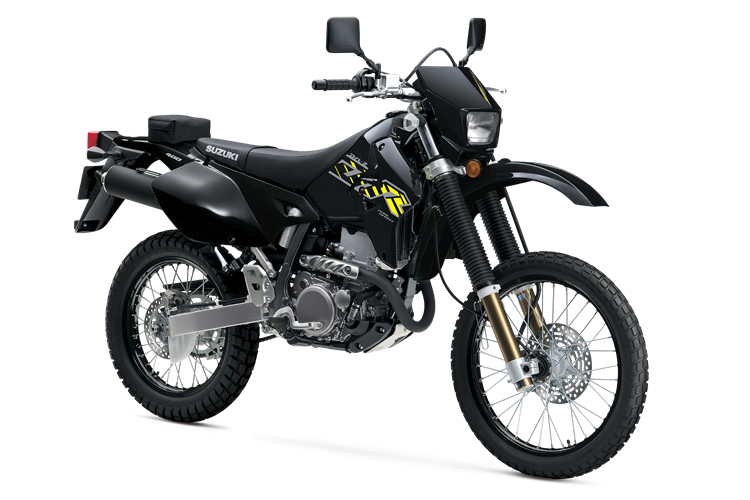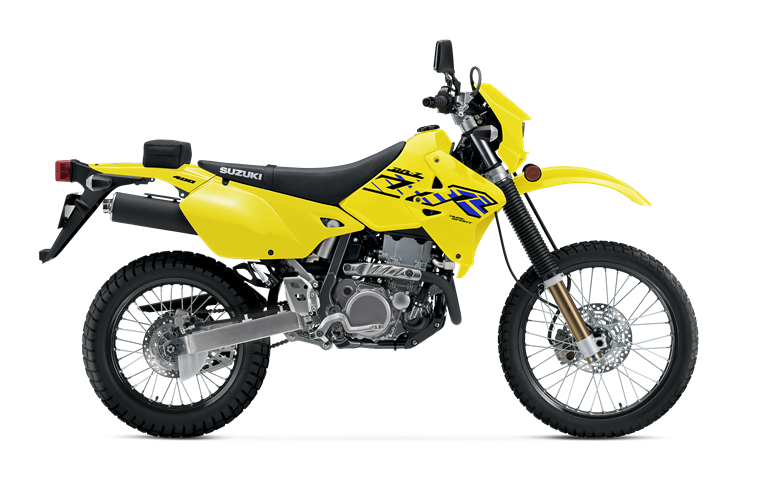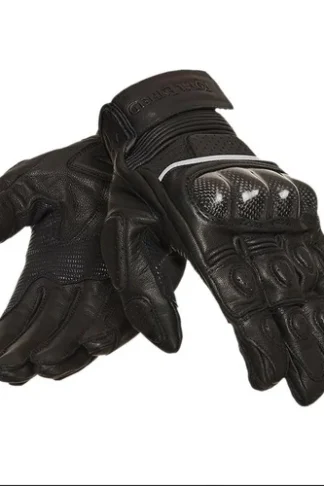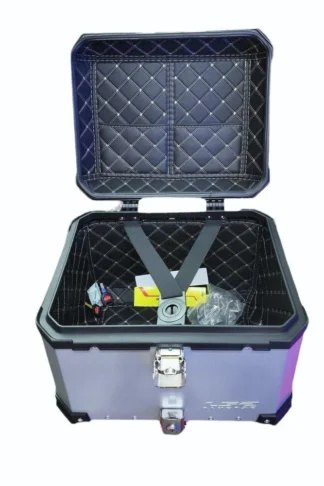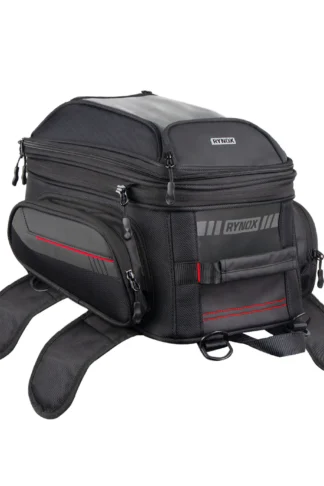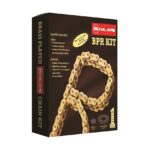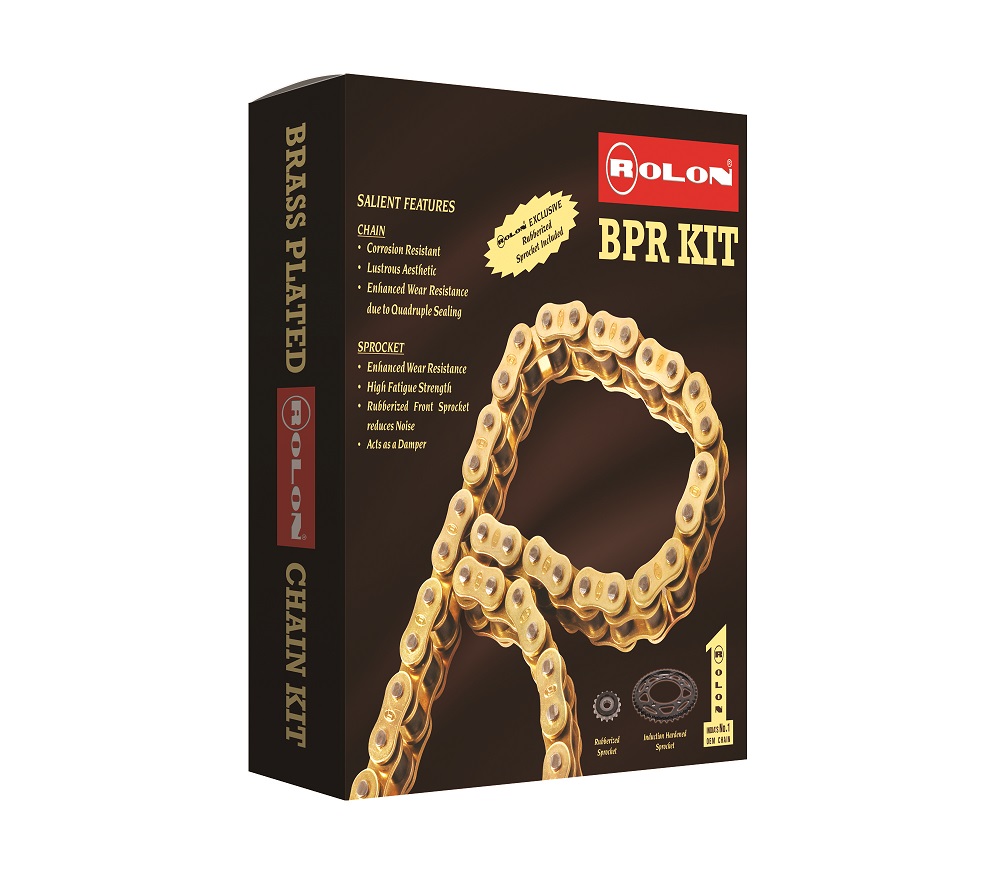
Why Brass Chain & Sprocket Kits Last Longer than Regular Ones
When it comes to machinery and vehicles, chain and sprocket systems are vital for smooth power transmission. Yet, not all kits are created equal. Brass chain and sprocket kits stand out for their durability, outlasting regular steel or alloy options. The reasons lie in their unique material properties, resistance to wear, and ability to reduce friction.
1. Strength in Material Composition
Brass is an alloy primarily made of copper and zinc. This combination makes it both tough and resistant to corrosion. Unlike plain steel, which can rust over time, brass naturally resists oxidation. This allows chain and sprocket kits made from brass to maintain integrity and strength longer, even in harsh or moist environments.
2. Reduced Friction and Smoother Operation
One of brass’s defining qualities is its low coefficient of friction. This means parts slide against each other more smoothly, reducing heat buildup. In regular kits, constant friction causes wear and stretching, leading to frequent replacements. Brass minimizes that damage, extending the lifespan of both the chain and sprocket.
3. Corrosion Resistance and Longevity
Steel kits often need protective coatings to resist rust. Once the coating wears off, corrosion begins to weaken the structure. Brass, however, has natural resistance to rust and chemical damage. For industries or vehicles exposed to water, humidity, or even chemicals, brass ensures reliability without constant maintenance.
4. Self-Lubricating Properties
Brass contains small amounts of lead and other elements that give it self-lubricating characteristics. This means it reduces the need for excessive lubrication compared to regular kits. While proper maintenance is still important, brass sprockets and chains stay functional with less oiling, cutting down both labor and maintenance costs.
5. Vibration and Noise Reduction
Another advantage is smoother performance. Brass’s ability to absorb vibration reduces noise levels, making machines run more quietly. Regular kits made of harder materials often produce more clatter, which can lead to faster wear on connected parts.
6. Heat Resistance in Heavy Use
In high-performance applications, chains and sprockets generate significant heat due to constant motion. Brass can withstand higher operating temperatures without deforming, unlike certain alloys that may lose strength under heat stress. This makes brass kits ideal for long hours of operation.
7. Cost Versus Value
At first glance, brass kits may seem more expensive. However, when considering their longer life span, reduced maintenance, and improved efficiency, they often turn out more cost-effective in the long run. Regular kits might require multiple replacements over the same time a brass kit remains in service.
8. Versatile Applications
From bicycles and motorcycles to industrial machinery, brass kits adapt well. Their durability makes them suitable for heavy-duty use, while their resistance to weather and friction ensures reliability in lighter systems too.
Rolon Brass Chain & Sprocket set
Rolon brass chain sprockets are engineered to provide superior performance and durability in motorcycles and industrial machinery. Constructed using high-quality brass, these sprockets offer excellent resistance to wear, corrosion, and heat, making them ideal for high-stress applications. Unlike conventional steel or alloy sprockets, brass sprockets reduce friction and wear on the chain, ensuring smoother operation and longer service life. This translates to fewer replacements, lower maintenance costs, and improved overall efficiency of the drivetrain.
The precise manufacturing process of Rolon brass chain sprockets ensures optimal tooth profile and pitch alignment, minimizing the risk of chain slippage and enhancing power transmission efficiency. Additionally, brass’s inherent self-lubricating properties reduce the dependency on frequent lubrication, further extending the lifespan of both the sprocket and chain. These sprockets are compatible with a wide range of motorcycles, scooters, and industrial chain systems, making them versatile for various applications.
Rolon brass chain sprockets are also known for their reliability under extreme conditions, including high temperatures, heavy loads, and continuous operation. Their ability to maintain consistent performance reduces the chances of sudden breakdowns, ensuring smoother rides for motorcycles and uninterrupted operation in industrial machinery. Investing in a Rolon brass chain sprocket not only enhances the performance of the vehicle or equipment but also provides long-term cost efficiency due to its durability and low maintenance requirements.
Conclusion
Brass chain and sprocket kits outlast regular ones because of their unique material properties—resisting rust, reducing friction, and delivering smoother, quieter, and more efficient performance. While the upfront cost may be higher, their durability and lower maintenance needs make them a smart long-term investment for anyone looking for reliability and performance.
For more info visit Htrz Modz.
Get genuine OEM parts from WCS.

